Spanish Wine Aging Requirements & Current Trends in Rioja
Spanish Wine Aging Requirements & Current Trends in Rioja
As a primer for a visit to Rioja this October I wanted to take this opportunity to review the regulated oak barrel aging requirements for Spain. In particular we’ll review how they are defined for the country and then vary slightly between what is required for Rioja/Ribera del Duero.
There are 4 basic classification terms for aging red, white and rose wine in Spain:
• Joven
• Crianza
• Reserva
• Gran Reserva
The different parts of a standard sized 225 liter wine barrel. (image credit: salutwineco.wordpress.com)
Each classification has different rules regarding the time required to age the wines and they are strictly enforced. All but Joven and white Crianza have 2 minimum aging requirements. The first aging requirement is the minimum time spent in oak barrels. The second requirement is the total minimum time aged in barrel and bottle time. In terms of price, the longer the time spent aging, the more expensive the wine will be from that producer. There are reserva wines that are more expensive than Gran Reserva but are from different producers that have a different cost structure or pricing strategy. Then there are those who flip the bird to the establishment and do whatever they want and result in a “Table Wine” status called Vino de la Tierra and cannot use the 4 terms we mentioned earlier or in the worst cases cannot use the PDO name Rioja DOCa for example. Many producers actually exceed these requirements and it is typically the lowest in quality that adhere to the bare minimums. The best traditional producers practically make a Gran Reserva wine for their entire range Crianza to Gran Reserva, but to differentiate the different wines in their portfolio this is the system they must generally follow.
Gran Reserva
In Rioja and Ribera del Duero the time in barrel is required to be longer than the rest of Spain for the Gran Reserva classification. A red wine labeled Gran Reserva in Rioja and Ribera del Duero must be aged 24 months in oak barrels, while white and rose wines must spend 12 months in barrel. In other parts of Spain that use the term in Gran Reserva, the wines only need to spend a minimum of 18 months in oak barrel for reds and 6 months for white and rose wines. However, all Spanish Gran Reserva red wines must be aged 60 months before release, white and rose wines must be held back 48 months. Remember, this second requirement is the minimum total of barrel plus bottle time. Therefore in Rioja a red Gran Reserva will be in barrel for at least 2 years and then in bottle for 3 years before it is allowed to be sold as a Gran Reserva. A red Gran Reserva from La Mancha will at a minimum be in barrel for 1.5 years and then in bottle for 3.5 years before it is allowed to be sold as a Gran Reserva.
Reserva
Reserva wines have the second longest aging regimen. Spanish red wines must be aged 12 months in wood, whites and roses from Rioja must spend 6 months in wood. All Spanish reserva red wines must be aged 36 months before release, white and rose wines must be held back 18 months in total.
Crianza
Crianza in Rioja and Ribera del Duero red wines must be aged 12 months in wood, whites and roses from Rioja have no minimum aging requirement in wood. In other parts of Spain that use the term Crianza the red wines must at a minimum spend 6 months in wood and white and rose wines also have no minimum aging requirement in wood. All Spanish Crianza red wines must be aged 24 months before release, white and rose wines must be held back 18 months.
Joven
Joven wines are not required to be aged in any wood for red, rose or white. Joven wines are however required to at the least be bottled and not sold until the subsequent year of the vintage. Joven means young, and are thus wines that will be released by the end of the year following the vintage. The reds are commonly made with some or entirely through the carbonic maceration method. This method produces fruity, though completely dry wines that are low in tannin. Whites are typically traditionally fermented in steel tank to preserve the crisp and fruity character of the wine, bottled and then sold.
Recent Developments in Rioja
In the 1990s quality jumped forward massively at many of the newer established Rioja producers, almost too much from an intervention standpoint as the wines seemed too oaky, too ripe, just too much of everything that made the wines less reflective of their place, or their terroir. The pendulum has started to move back to the middle the last 5 -10 years with more traditional styles that take advantage of modern methods, but do not let those modern techniques and equipment dominate a wine’s personality. There is plenty of room for many styles, the old guard and ultra-traditionalists like Lopez de Heredia have changed little in the four generations that have been at the helm of this excellent producer. Then the more modern expressions from the likes of Artadi and Benjamin Romeo have fit in well and settled into a more modern approach with a nod to the past.
The future of Rioja?
The next evolution that needs to emerge has started and is focused on terroir. It is underway with renowned Rioja producer Artadi withdrawing from the Rioja DOC classification system earlier this year. Vicente Cebrian of Artadi believes the current system undermines the consumer as they look to the system for quality, when in fact it is only an age defining system. Gran Reserva does not guarantee quality, it only certifies that a wine is aged a certain minimum of time. A Gran Reserva may be regarded as the highest quality level, but in fact the quality can range widely across different producers of Gran Reserva wines. Maverick Telmo Rodriguez also believes the next steps Rioja needs to take are also towards better quality indications and single site wines. Mr. Rodriguez is playing within the rules however and has not withdrawn from the Rioja DOC while experimenting within the regulations to explore single site wines that allow the expression of the terroir to shine. With the current strict rules and regulations many of the producer’s in Rioja have started to chip away at how these rules impact the wine production and the resulting wines. My personal thought is that a full withdrawal should not happen that would dismantle the current system. Change will need to come from within and should build on what they already have to honor the history and traditions of Rioja, but it must also enhance and ensure that quality is recognizable to the consumer.
When and where will this change take place in Rioja? Stay tuned to find out when I get back from Spain as both Artadi and Telmo Rodriguez are on my appointment lists for Bodega visits this October.
A bientot! (or adios in this case!)
-Tom
References for this article:
- http://www.wine-searcher.com/m/2015/02/big-names-question-validity-of-rioja-doc
- http://www.drvino.com/2012/04/10/telmo-rodriguez-terroir-rioja-remelluri/
- The oak aging regimen details were taken from my assignments for the WSET Level 3 Award that I studied for between April and August 2015.
Photo credits:
- http://us.riojawine.com/en/254-architecture.html
- http://www.midwestsupplies.com/oak-barrel-care.html
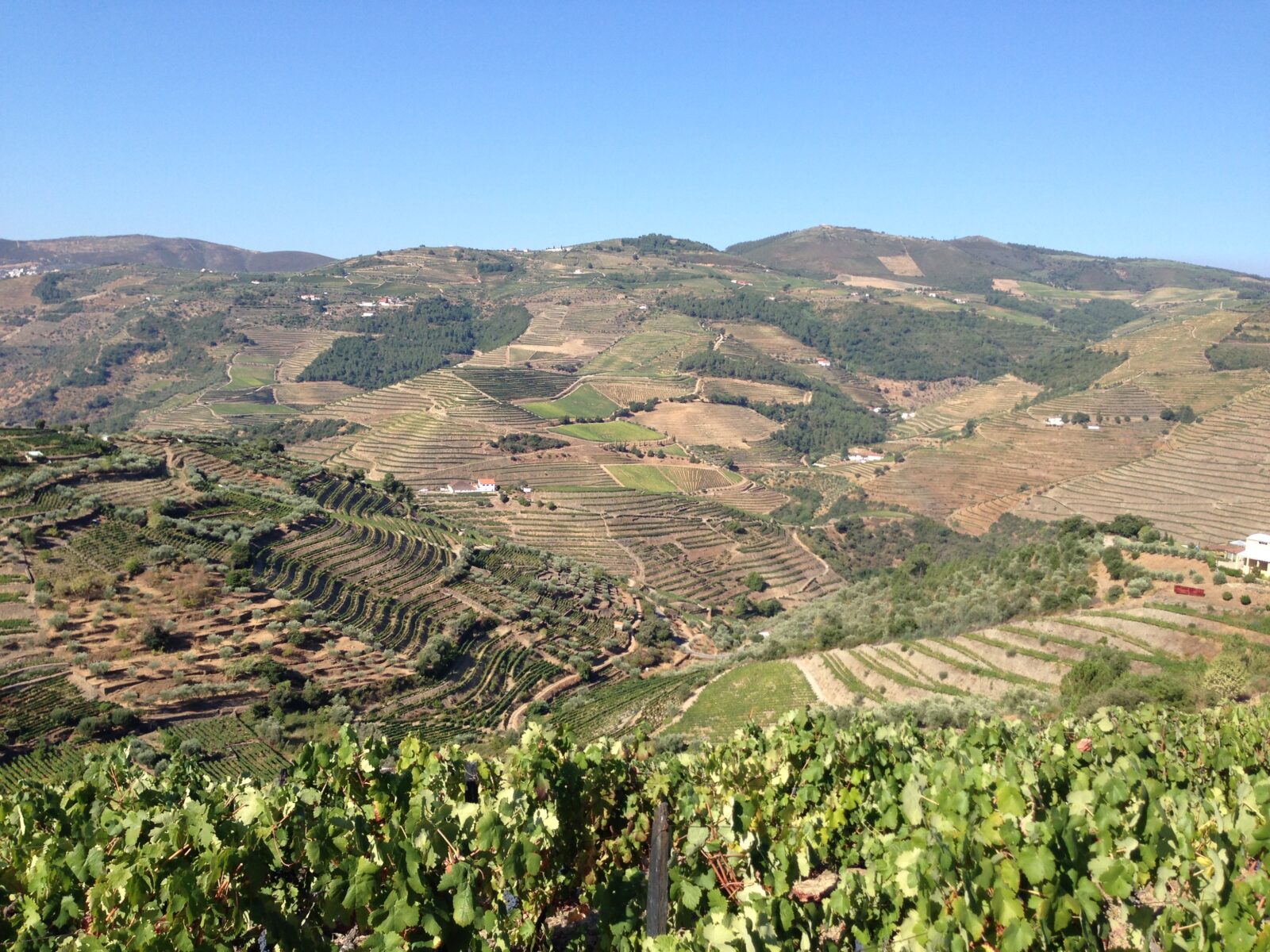
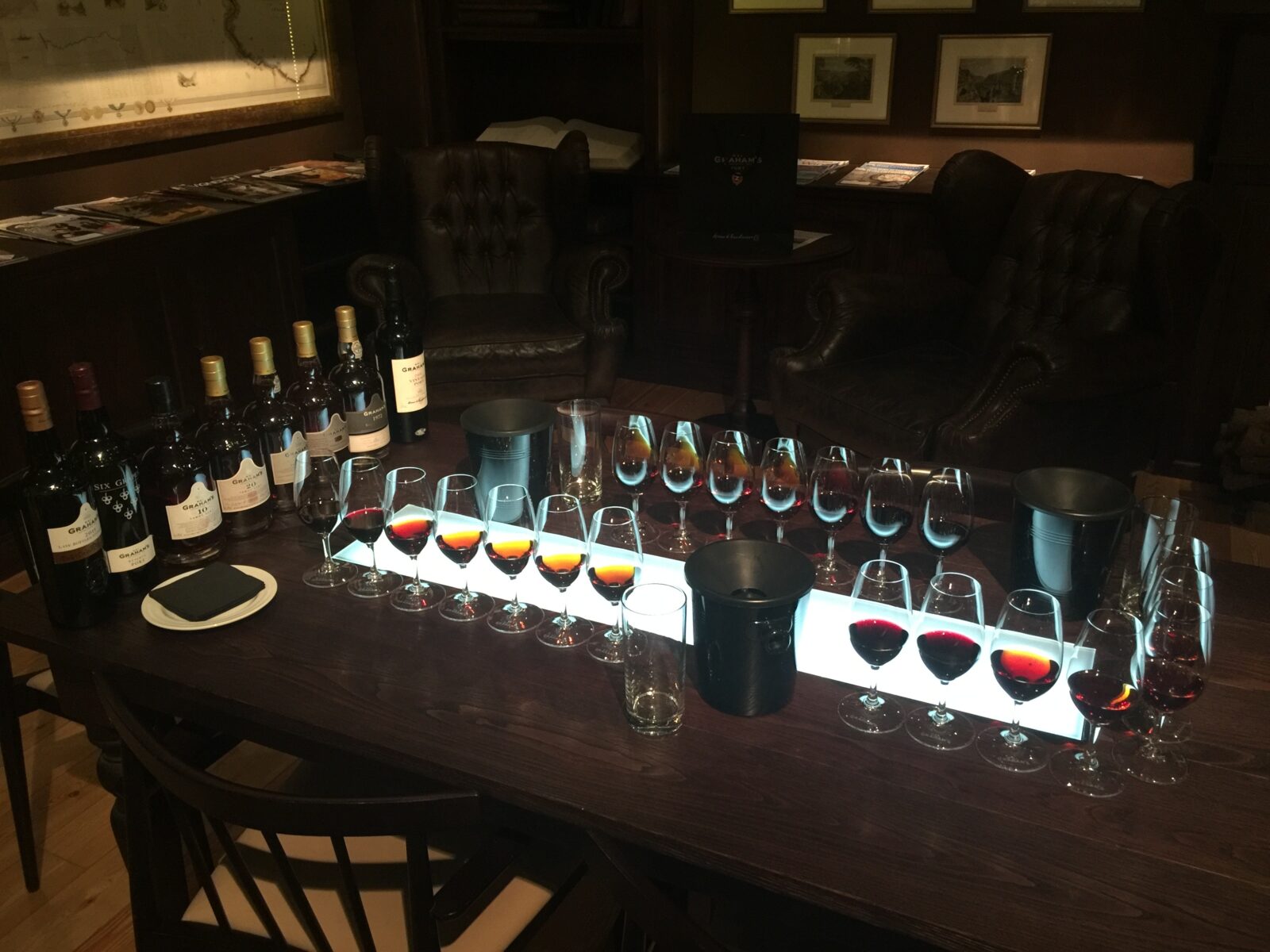
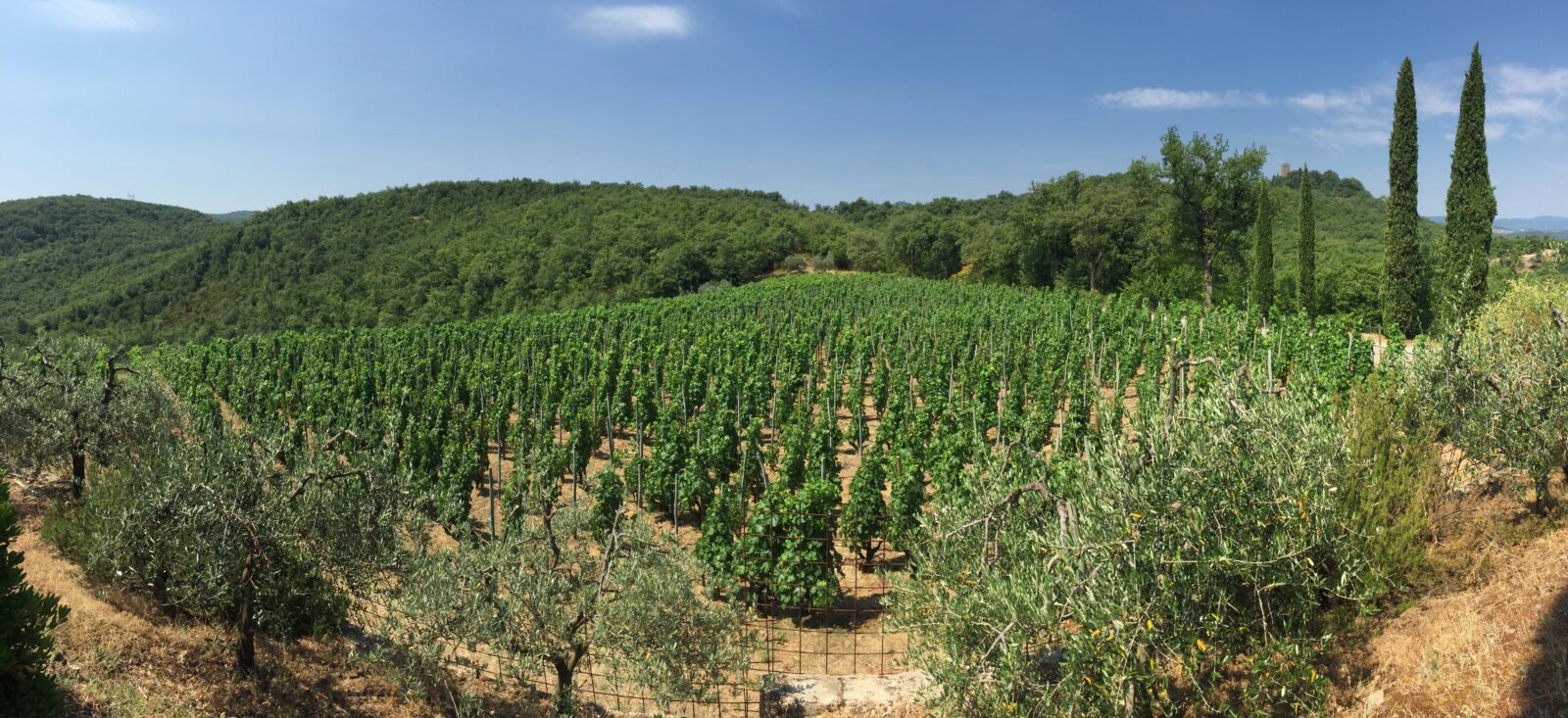
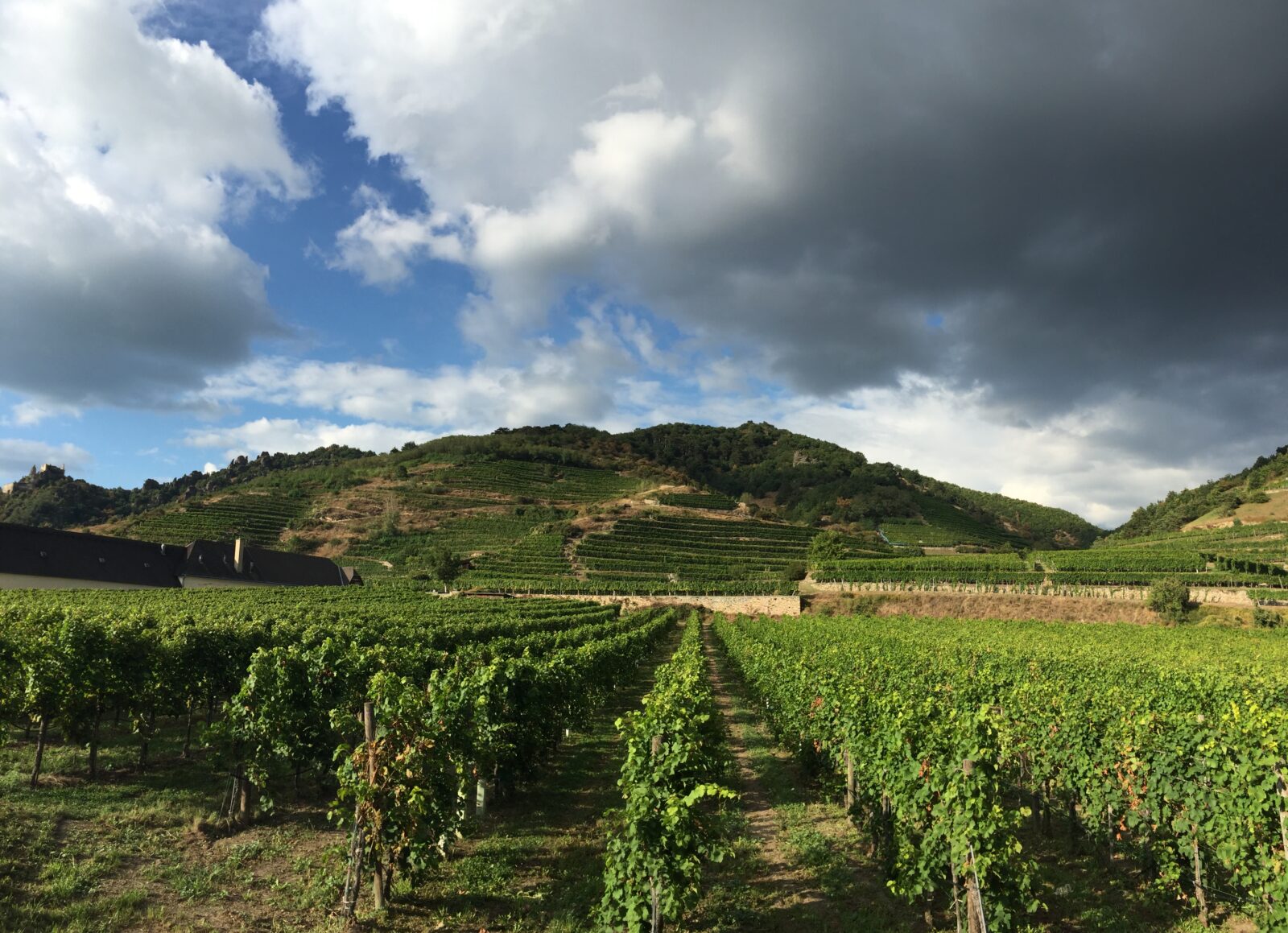
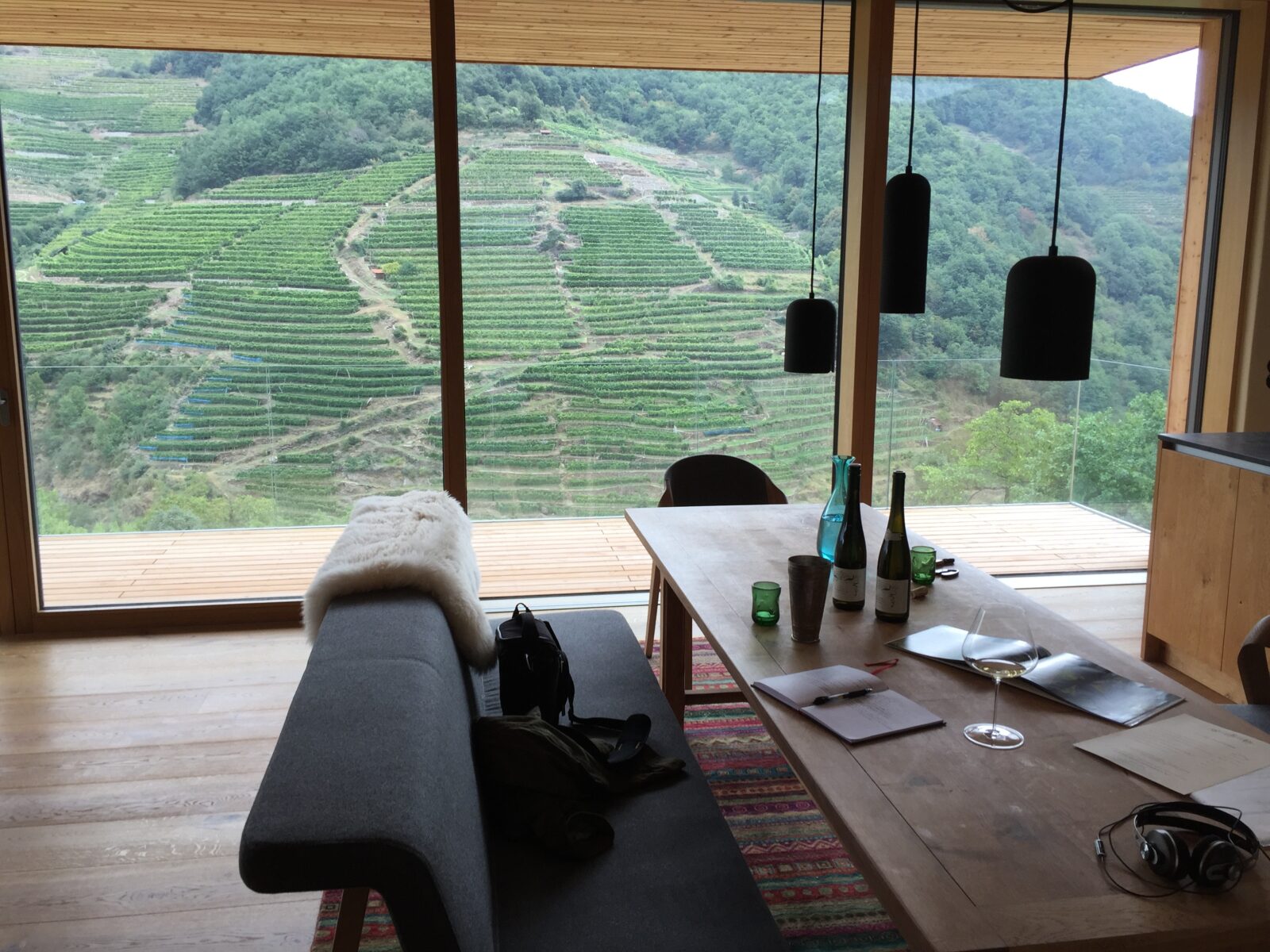
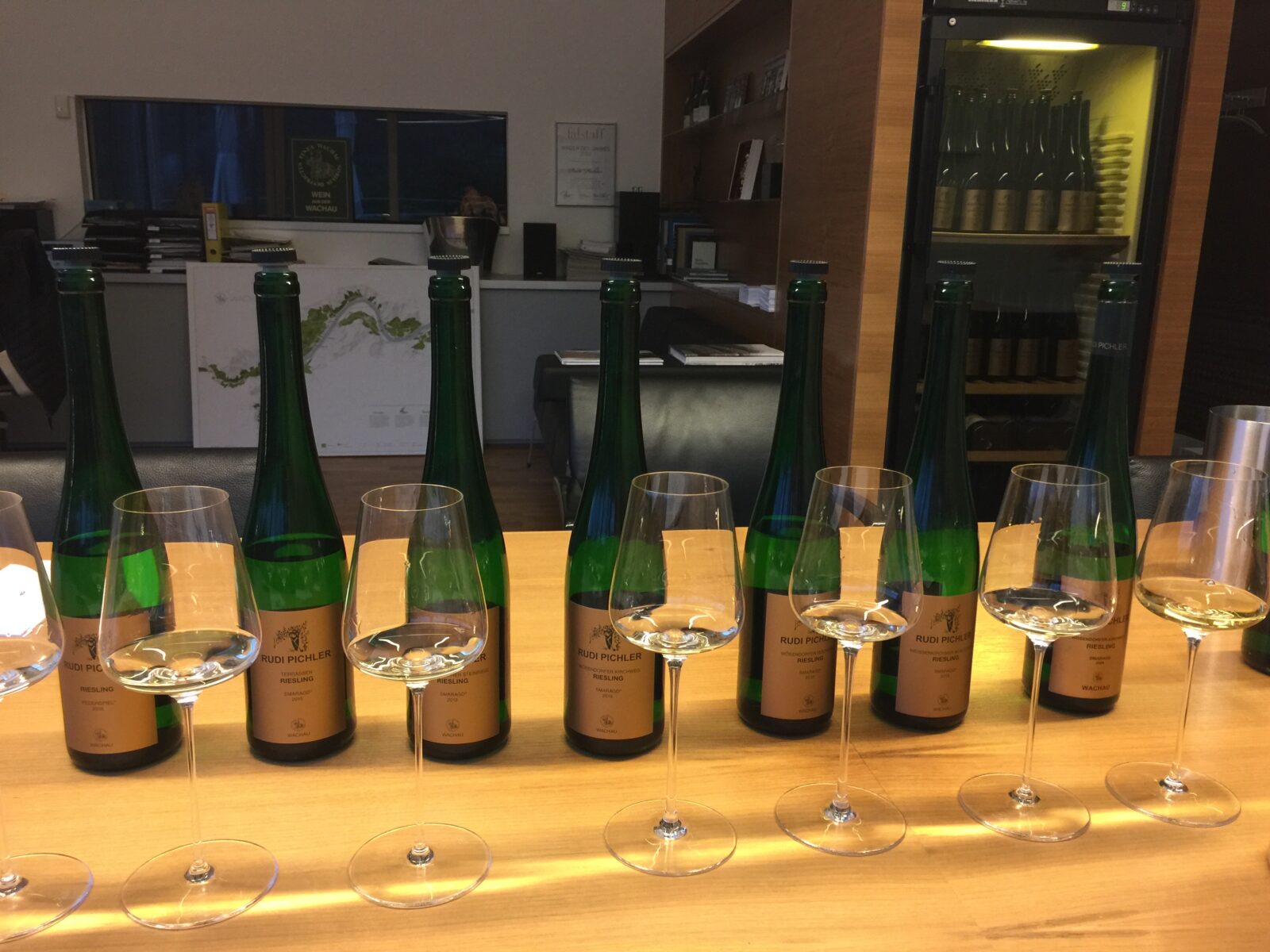
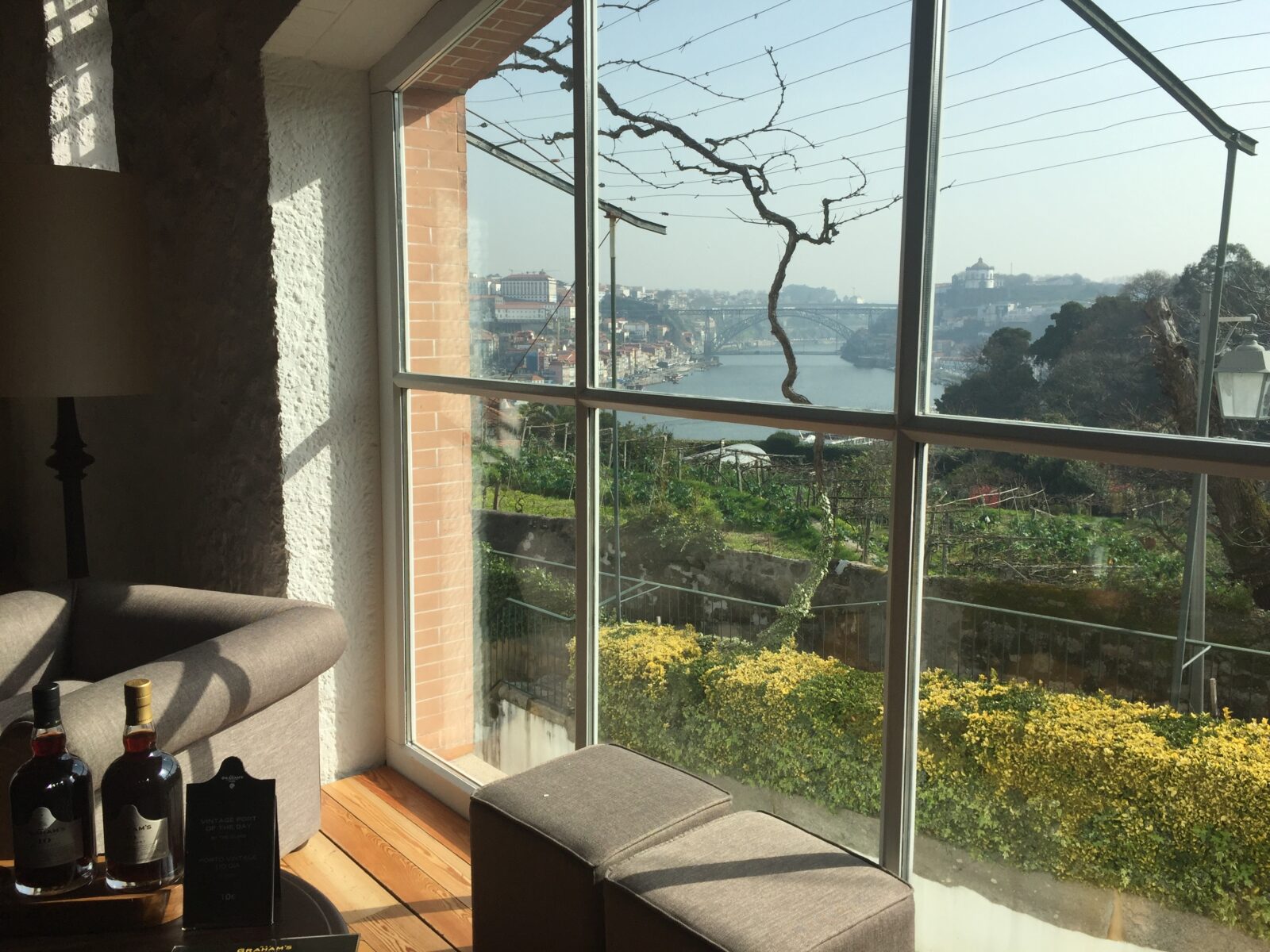
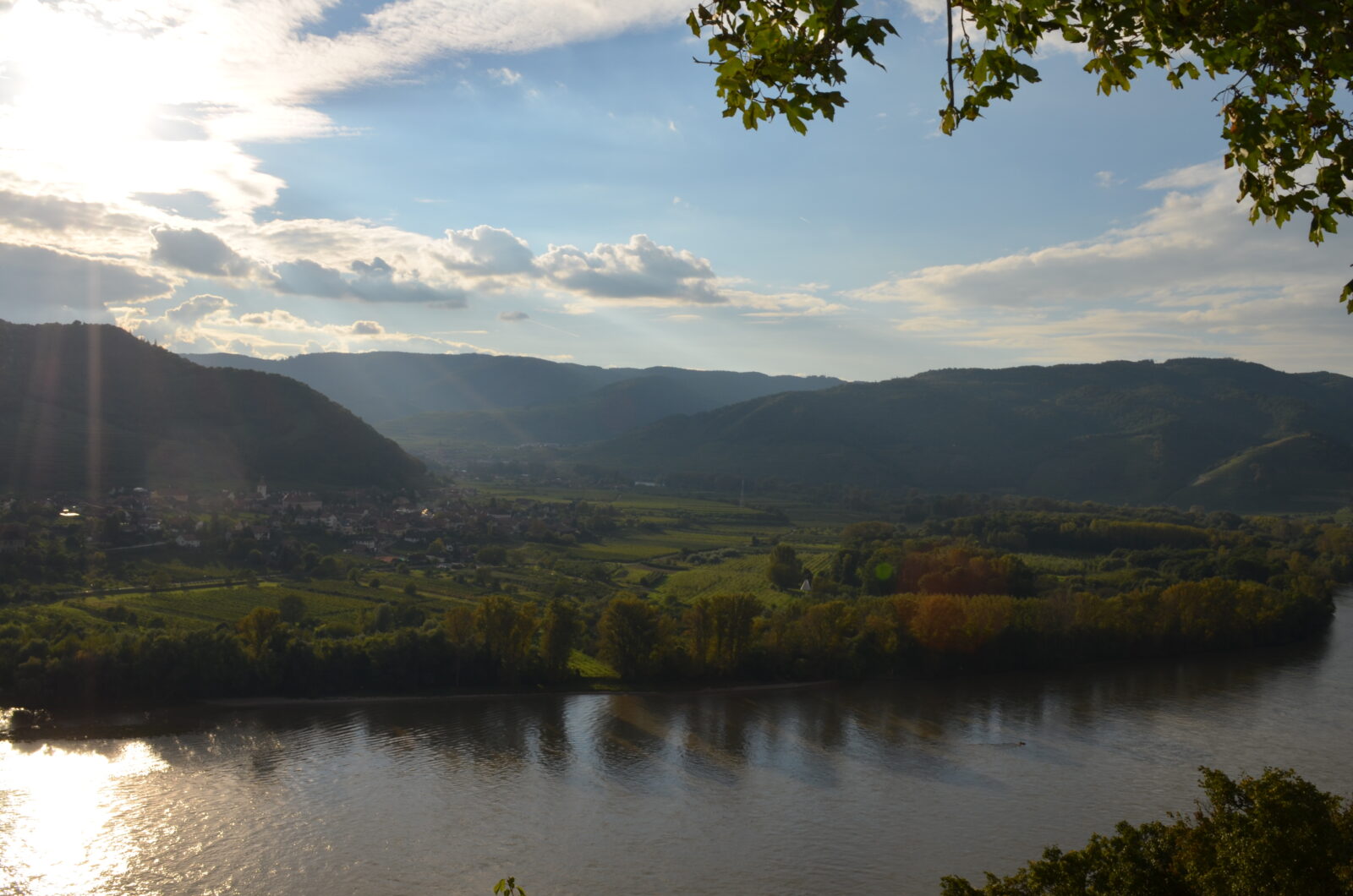
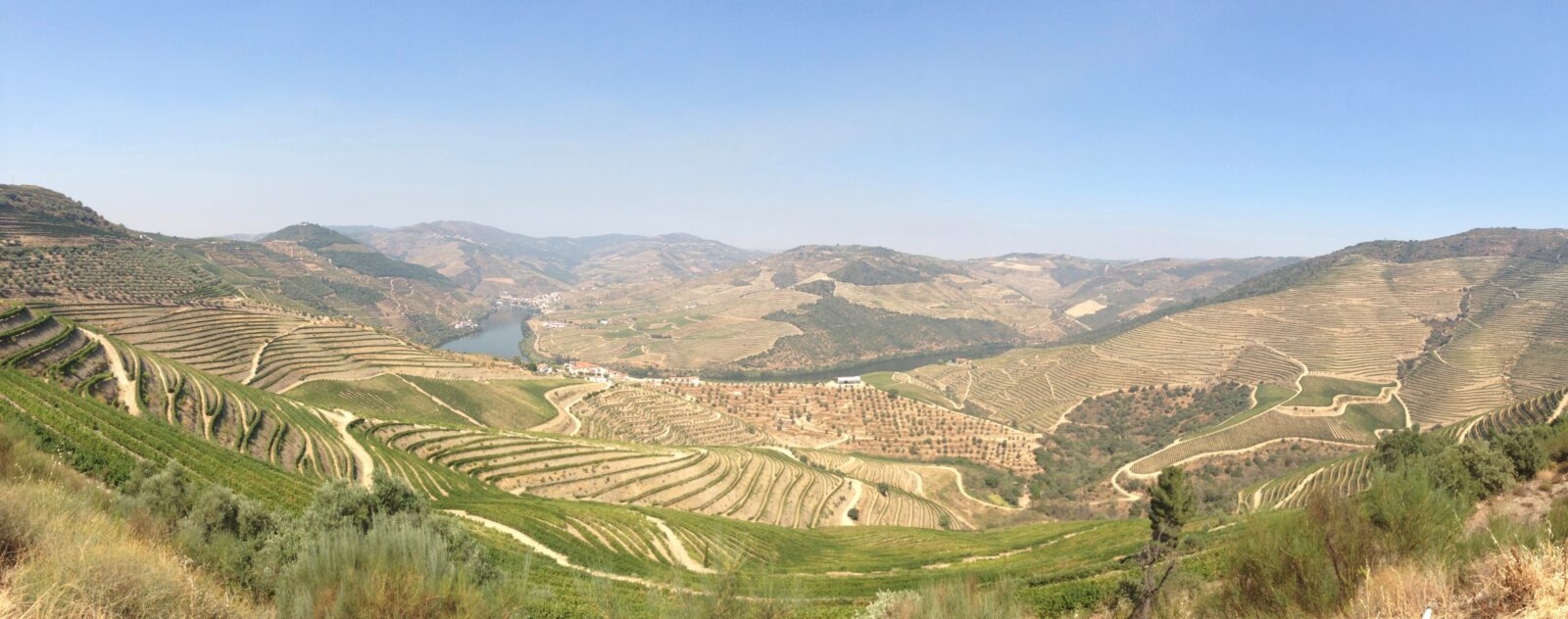

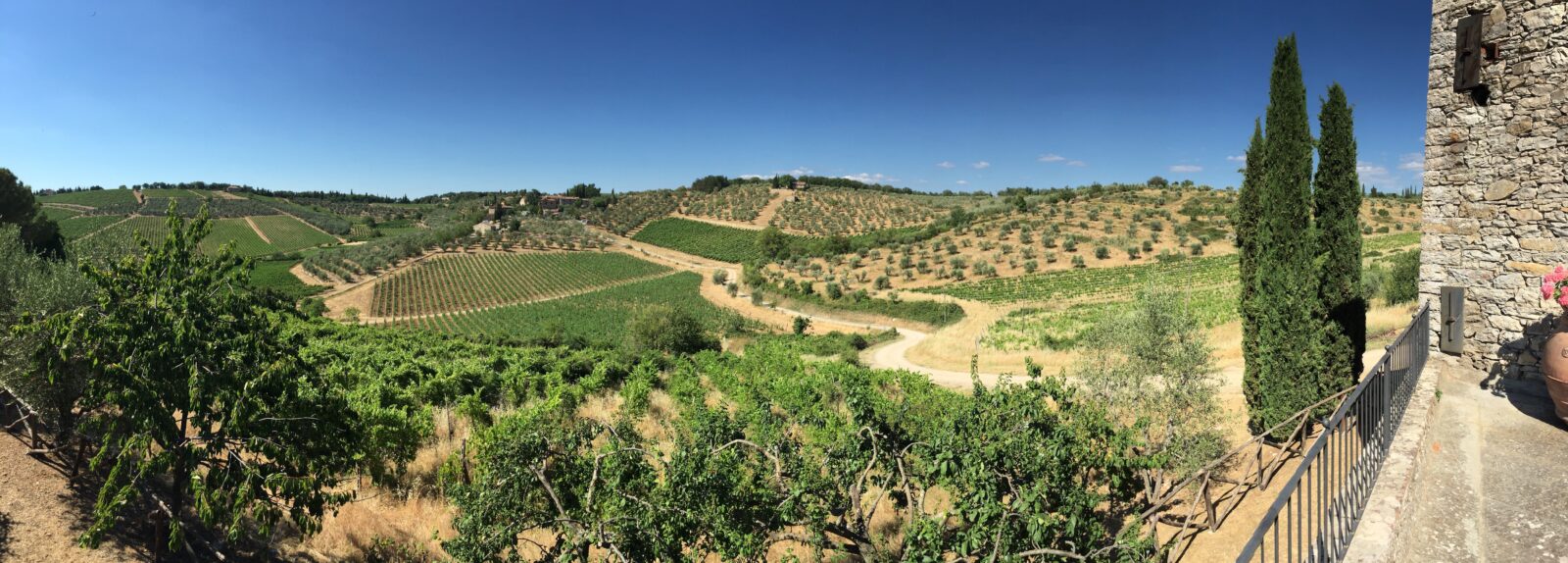
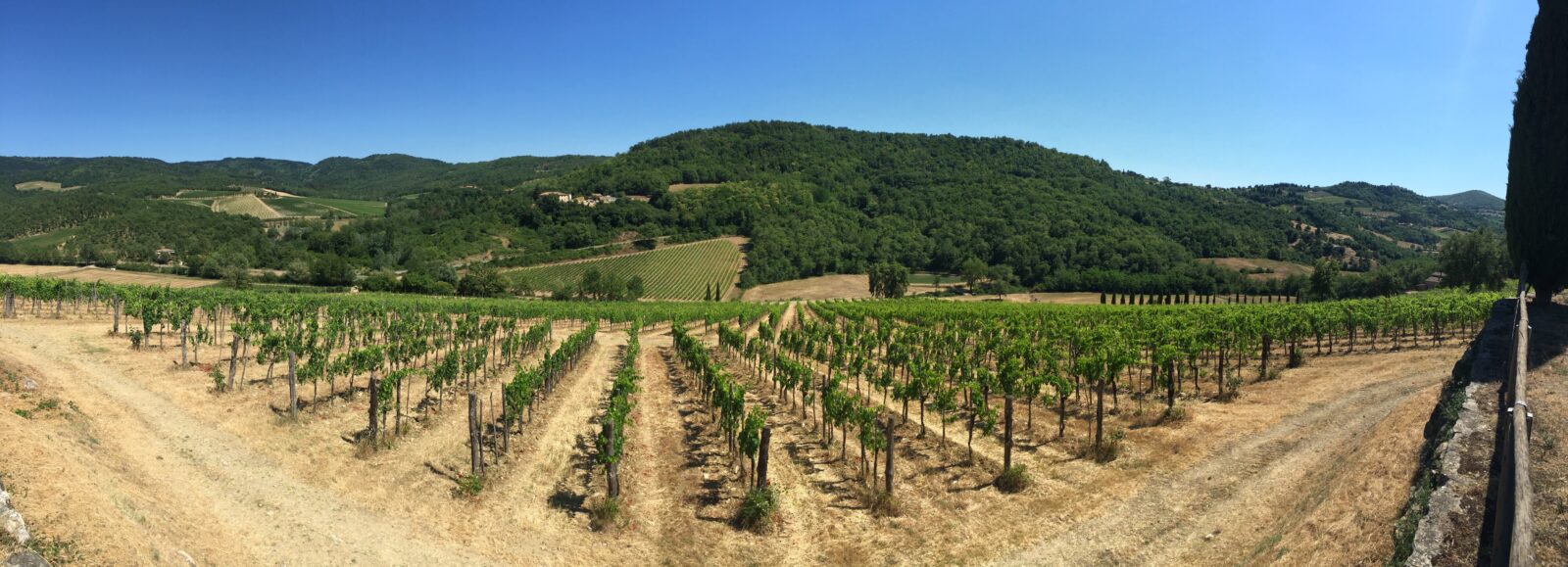
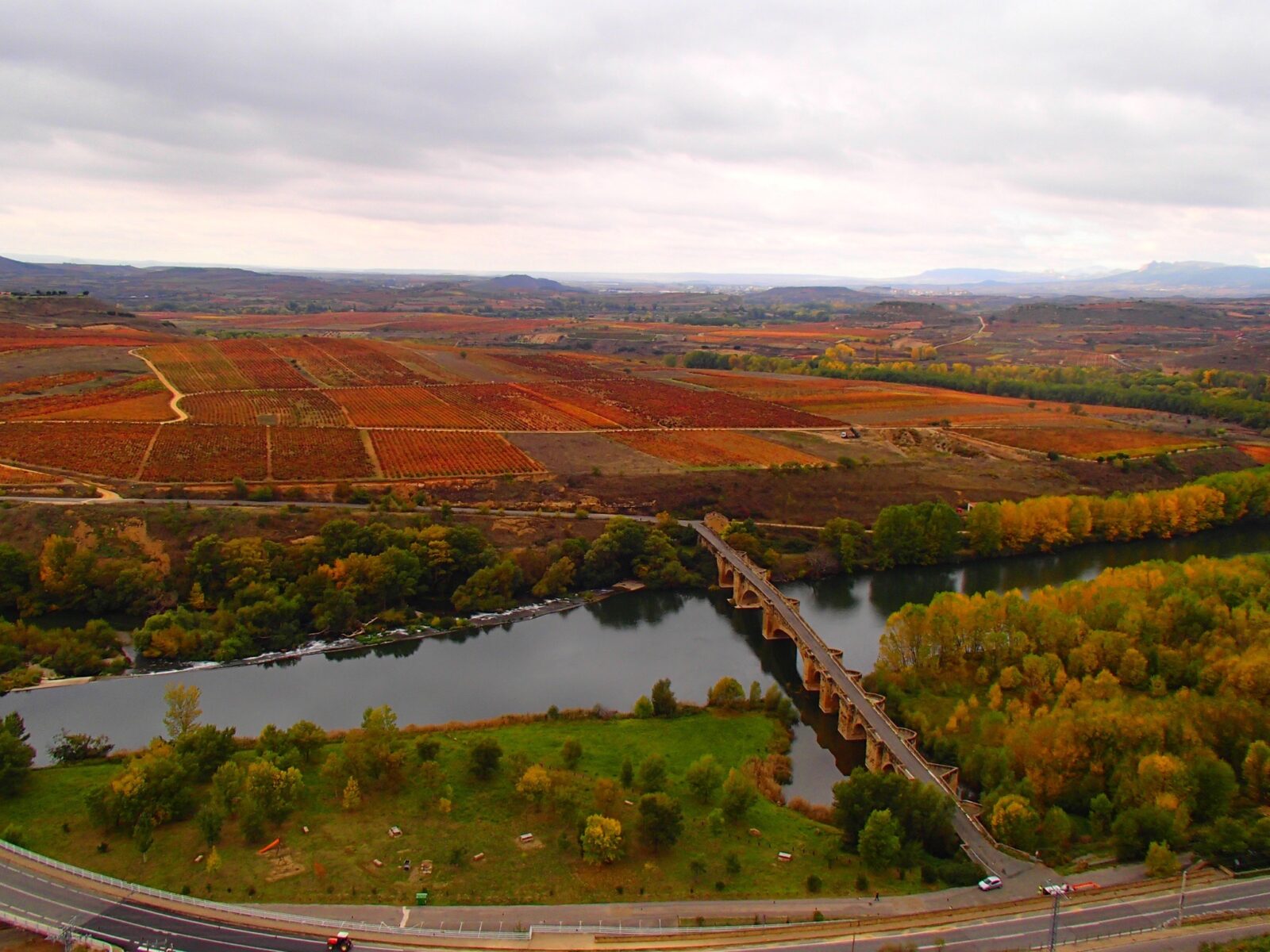
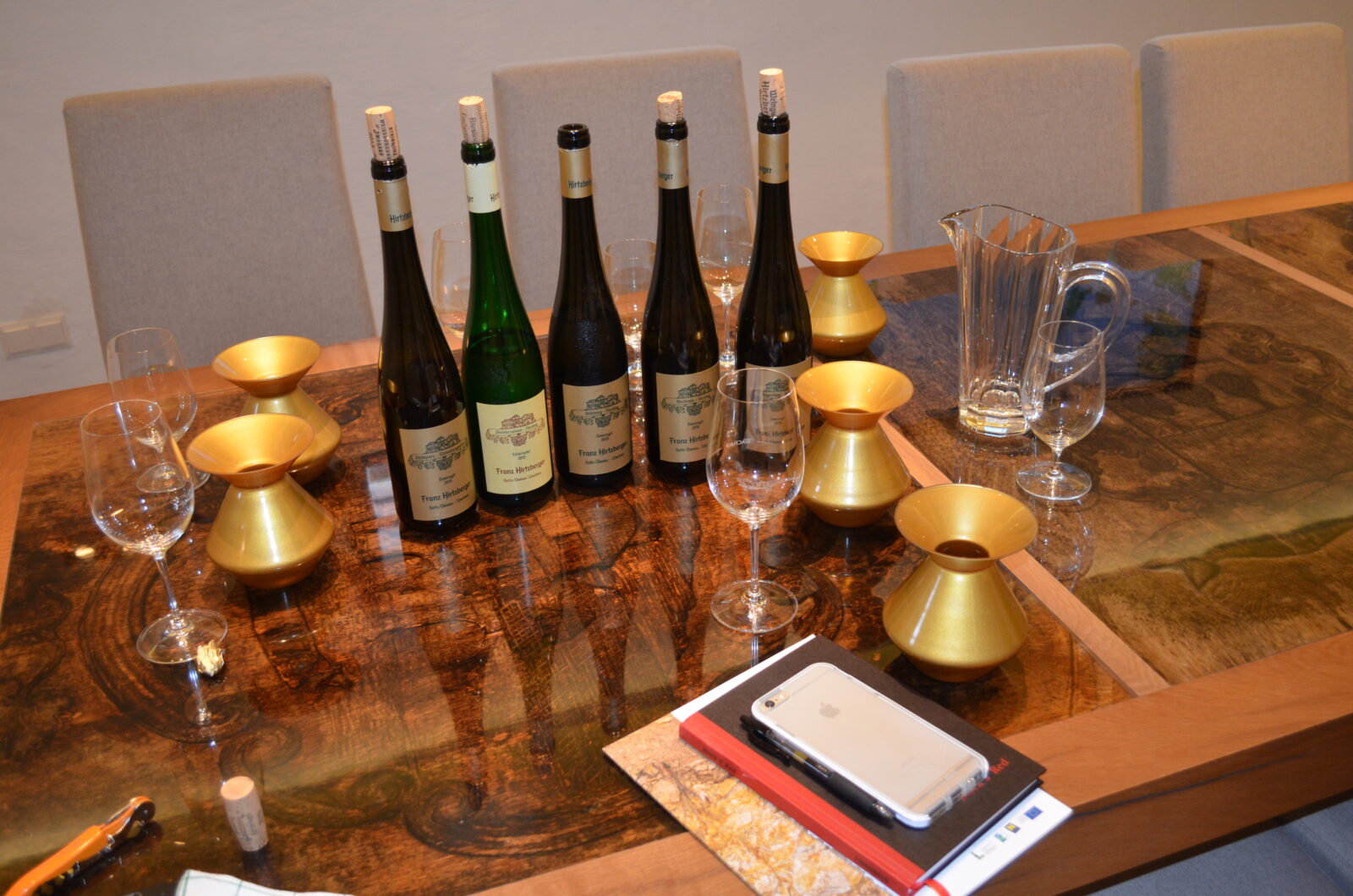
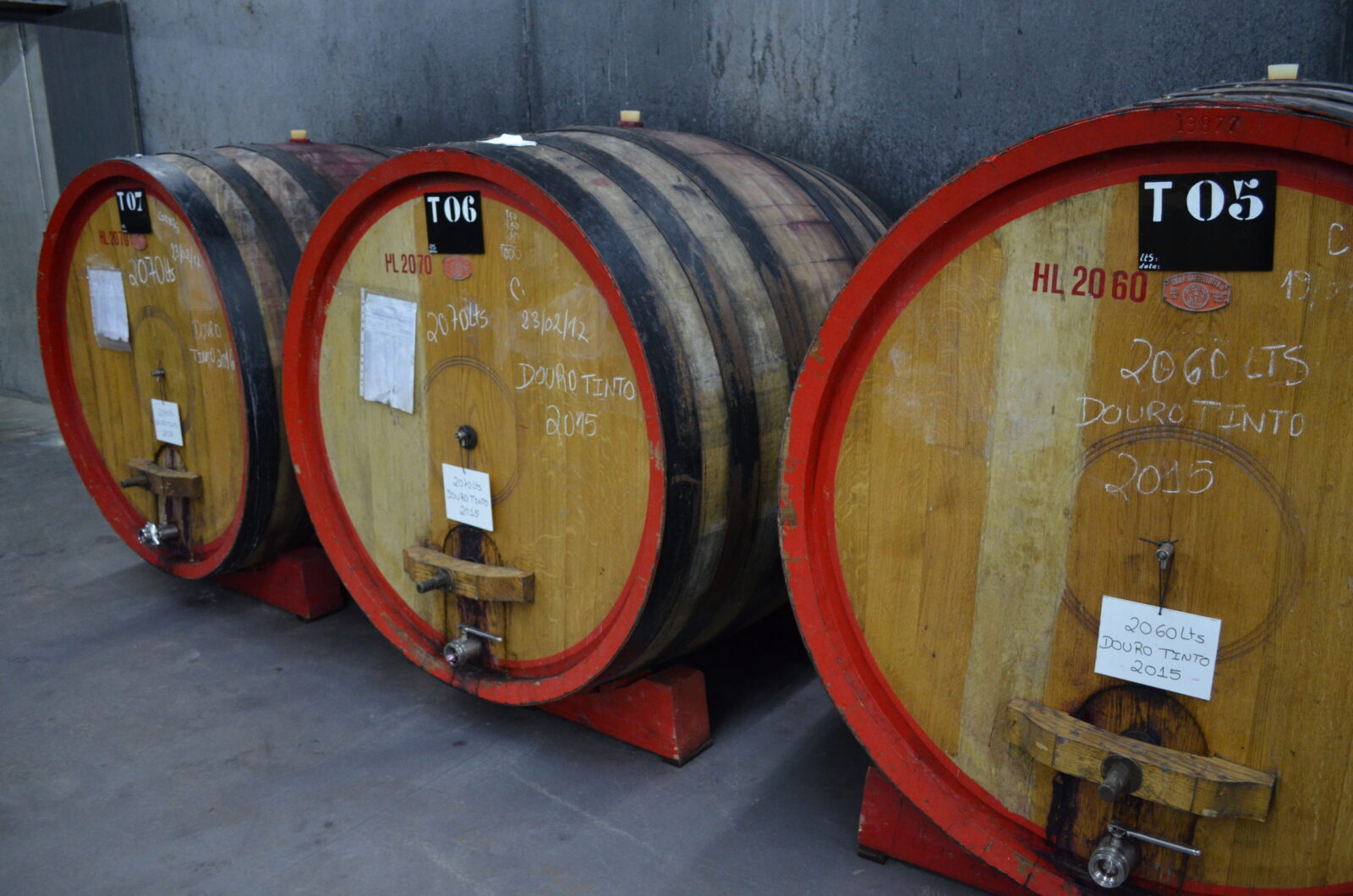



Comments
One Response to “ Spanish Wine Aging Requirements & Current Trends in Rioja ”
That was a very informative article. Loved reading it!!
Leave a Reply